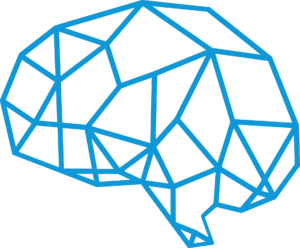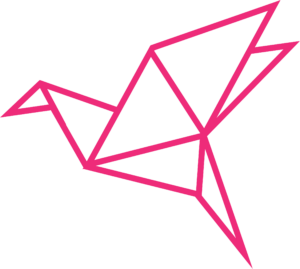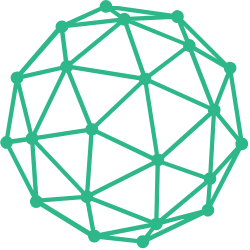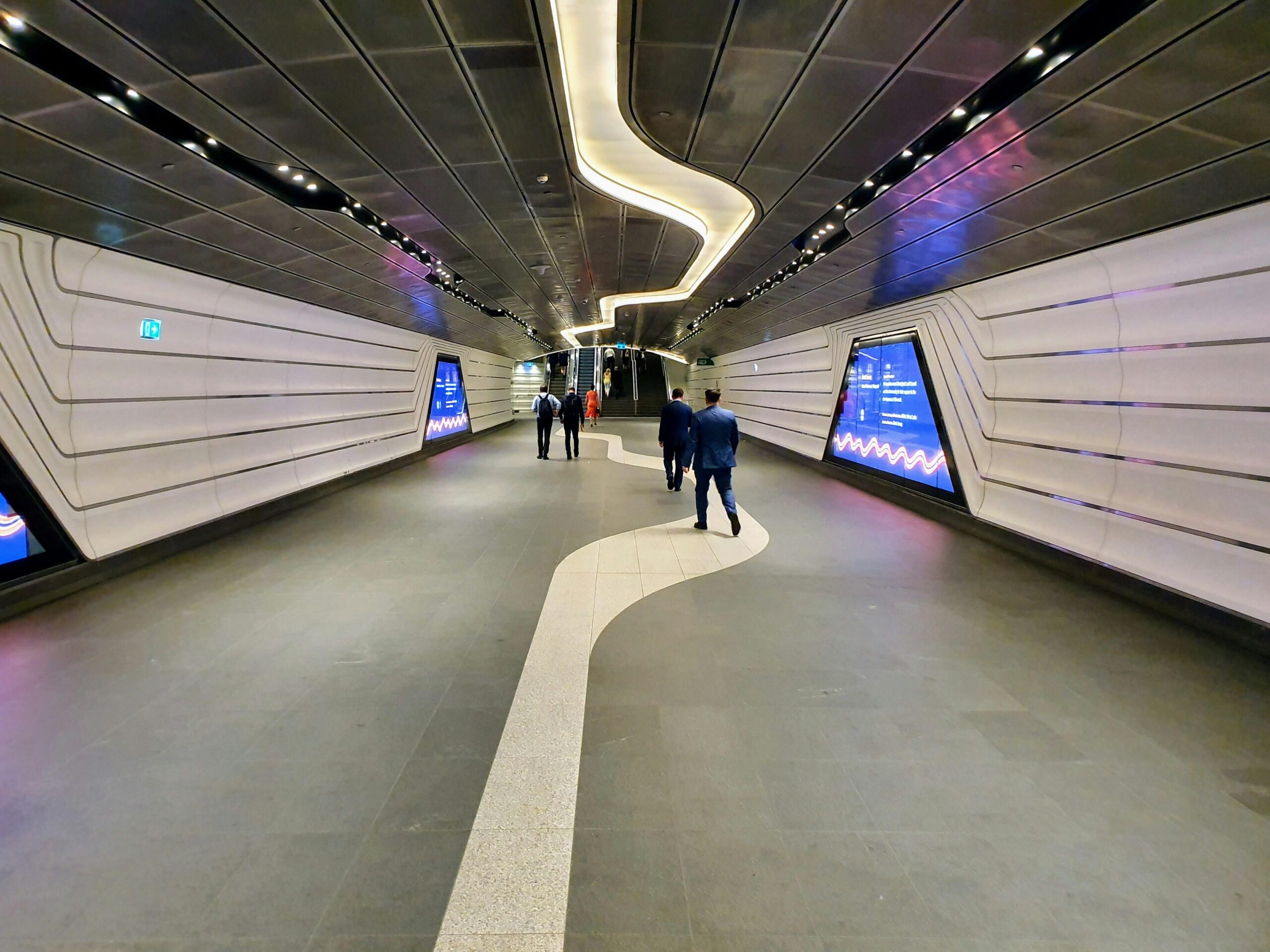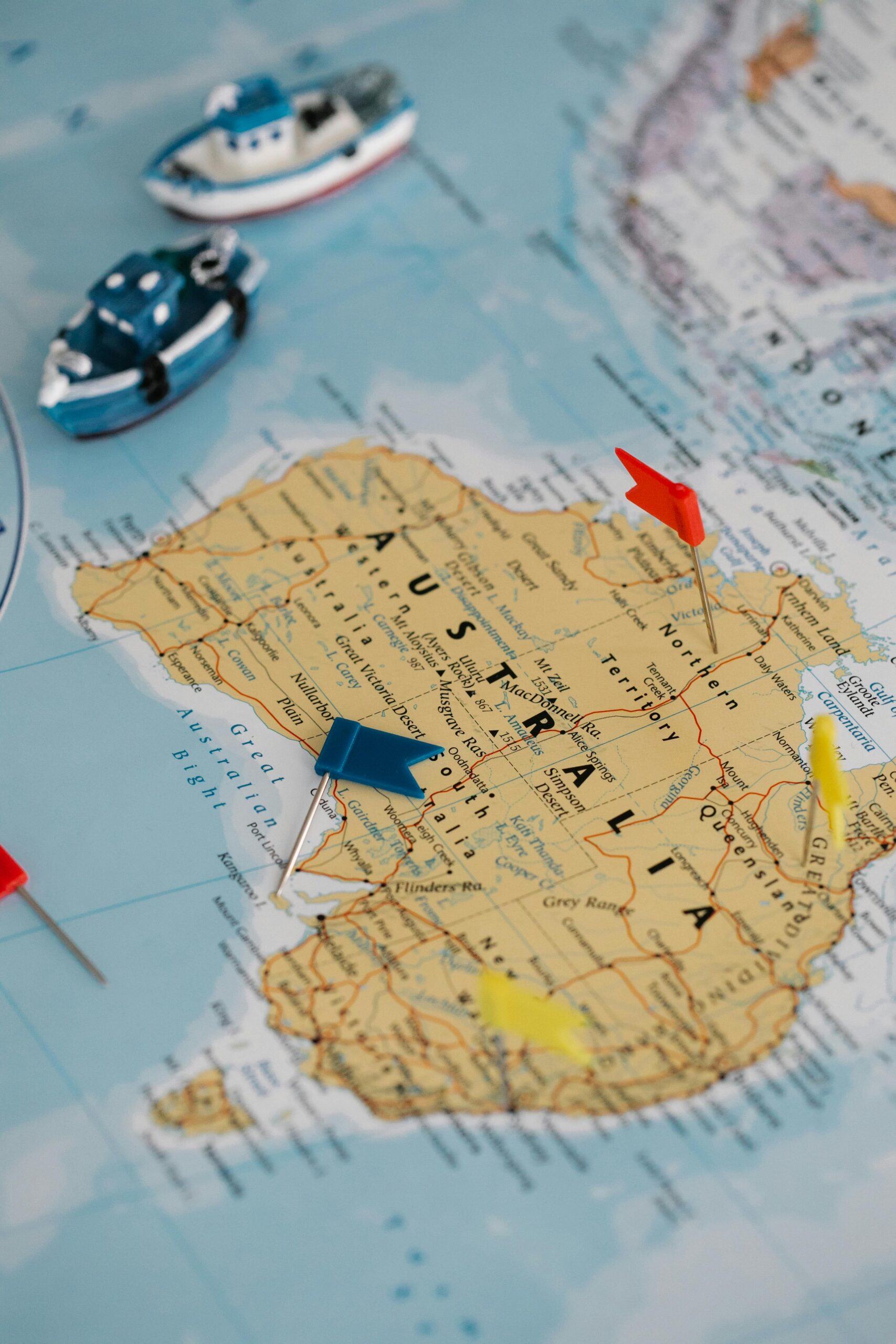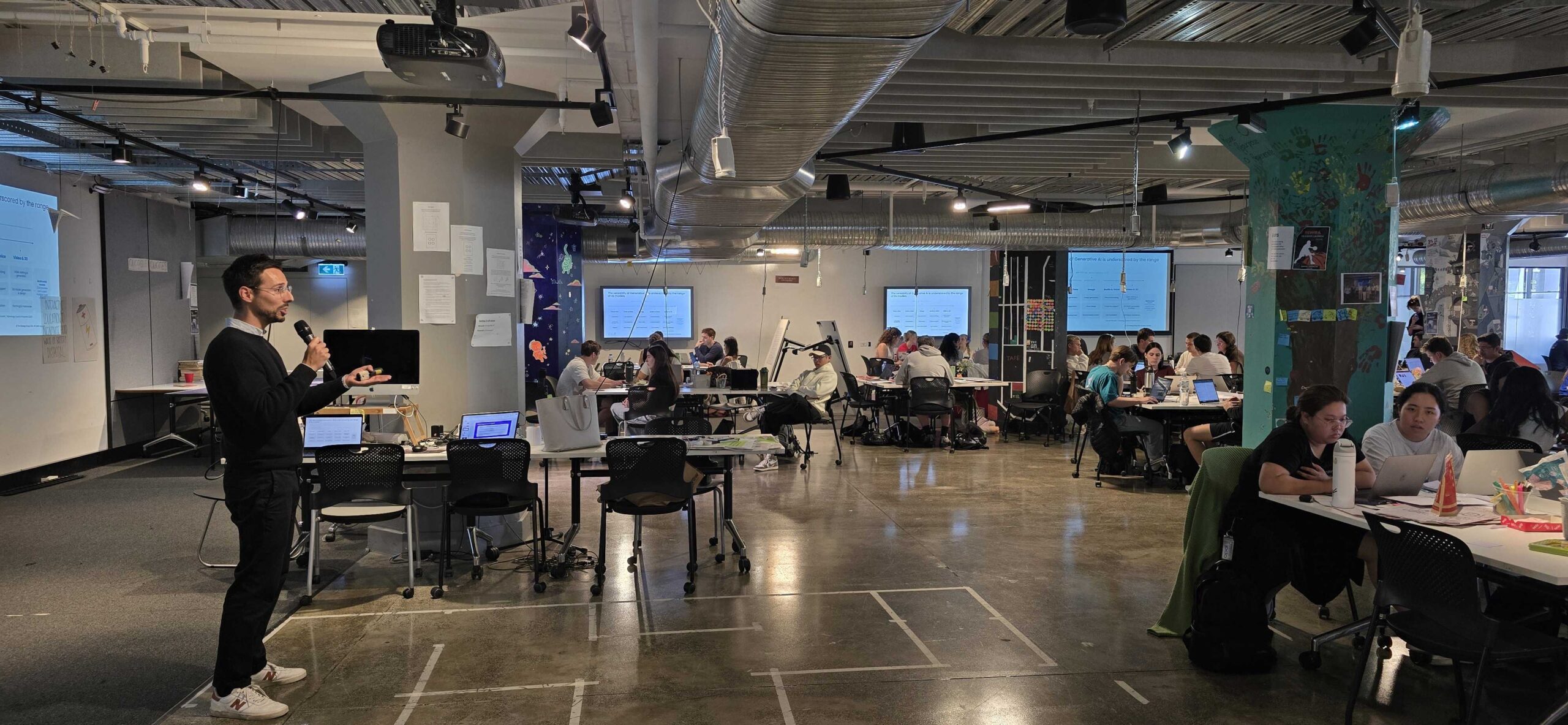Future Casting: A method to design the future without constraints
Everyone wants to jump on the AI bandwagon. But too much focus on the technology itself can limit its application to just enhancing what’s possible today. Future casting is the solution to this, which allows us to look beyond the capacity of today to the realities of tomorrow.
The question is, how do we imagine an entirely different future then work back to make it possible using the right application of AI and technology?
How did Steve Jobs think up and create the iPhone? Who would have imagined even ten years ago that drones would be commonplace, social media would yield such power, and anyone could gain an audience online? Fortunately it’s not just down to individual ‘genius’ – there are methodologies and tools to help get into a mindset that’s not bound by the limitations of today’s world.
How can organisations imagine truly innovative possibilities without being constrained by what’s currently conceivable? It takes real vision to imagine a completely different future to what’s realistic or possible today.
Future Casting (also known as scenario planning) is a methodology that is ideally suited to generating unconstrained ideas using AI and emerging technology. This methodology goes beyond solving problems to help design new futures and stay ahead of the curve.
Future Casting: A different method of planning
Generally, when planning products or services we start with a current problem or gap and based on that we design a solution. But starting from an existing challenge, idea or paradigm can make it difficult to think outside the constraints of what’s currently possible.
How can we go beyond thinking outside the box – to discarding the box entirely?
Future Casting helps to get into this unconstrained mindset.
Telling stories from the future backwards
Instead of planning from where we are currently and working forwards from here, Future Casting starts in the future and works backwards. It helps to define the steps to getting there and what will need to change.
Past use of Future Casting has ‘predicted’ many trends that have become reality before they happened. One project in 2001 by Frog Design imagined the newspaper headline: ‘Pop Singer Achieves Popularity through Internet.’ Music stars gaining fame through the internet is commonplace now – for example Lily Allen was discovered through Myspace and Justin Bieber gained fame via YouTube. But back when YouTube didn’t exist, getting signed by a record label was the only way for singers to gain fame, so it would be hard to imagine such a situation. This illustrates the type of shifts in vision that can be achieved.
How the Future Casting method works
The first step in Future Casting is researching and evaluating how the world may change, identifying trends, and what new products and services may be needed as a result. It can be described as a ‘disruption simulator’. For example looking at transport, we might imagine that AI will one day control all traffic.
The particular industry will define how far into the future the focus should be set. FMCG might only look a few years ahead, whereas a slower moving industry, government or organisations with little competition might look ten or more decades into the future. The goal is to understand the risks in the current business model, and opportunities and trends to capitalise on for value creation. With the transport industry, changing the infrastructure would take time, so we might look ten years into the future.
The method presents several future scenarios and guides participants to work through how they could collectively achieve (or plan to avoid) a certain future. The scenario analysis process encourages participants to think about what is possible rather than focusing on current processes or structures. Using a storytelling approach, participants explain the steps involved in how the imagined future might have occurred. Future media headlines help to bring them to life. For example, “CBD Protest Against Human Traffic Control” could be a headline in a future where AI controls 70% of traffic and is proven to be safer than human control.
Start with the ideal
The importance of starting with the ideal future state cannot be understated. The implications of allowing our current situation to constrain new solutions is significant. AI and other emerging technology can help redesign the way we live, work and play – but first we must identify what an ideal future looks like for the individuals involved.
One example of a future-visionary approach is the UAE, who is leading the charge in the automation of public transport services. The question of how to integrate autonomous cars into the current system was redefined. To achieve a long-term vision, the UAE realised they needed to re-design the city, not the transport. They needed to adapt their city to fit the needs of future citizens, looking beyond “what’s probable” to “what’s possible”.
If you’d like to learn more about when and how to apply this innovation methodology, contact us to arrange a chat over coffee.
Contact Us
Have any questions? Want to know how we can help you and your organisation? Contact us using this form.
We can work with you to design and support implementation of a strategy for your business unit, for your entire organisation, or for any segment of your organisation where a fresh approach will add value.
We will use a combination of globally-recognised leading-edge processes, coupled with our proprietary validated toolbox to develop a bespoke, customised strategy, which we can assist you in implementing, that will deliver tangible impact and value to your organisation and your customers.
We have been designing and implementing strategy solutions since 2003 and we have the expertise and the experience not only to deliver, but to overdeliver.
Join 10,000 others who want the latest insights, tools, tips and resources. We help you get better results by staying on top of the latest methodologies and thinking.
